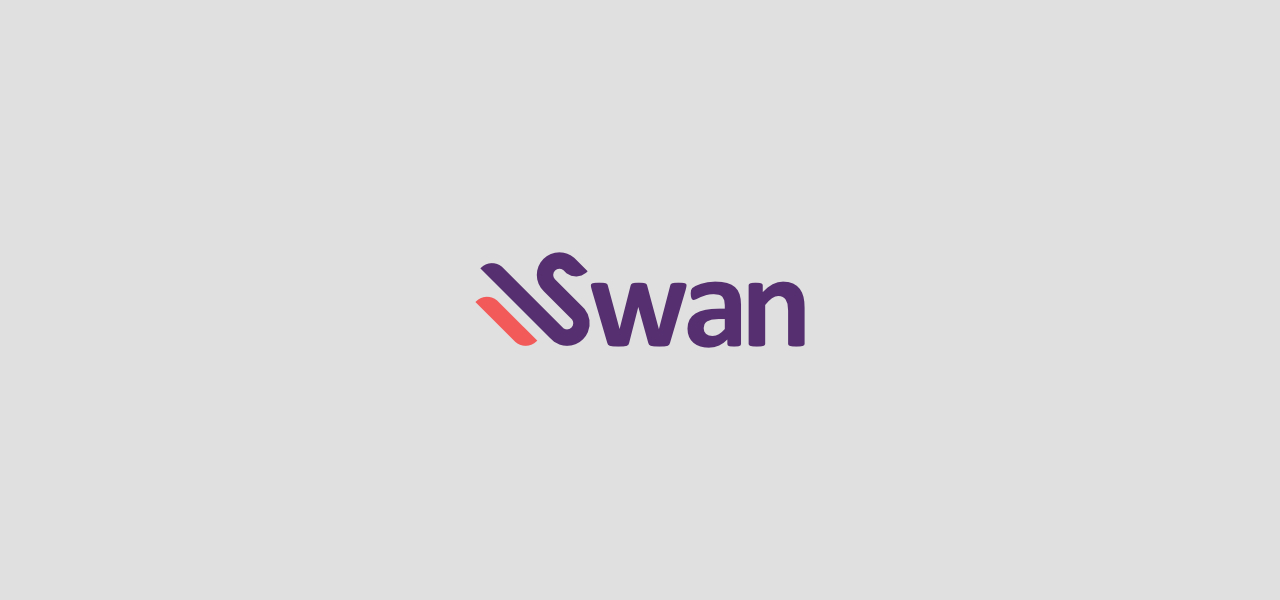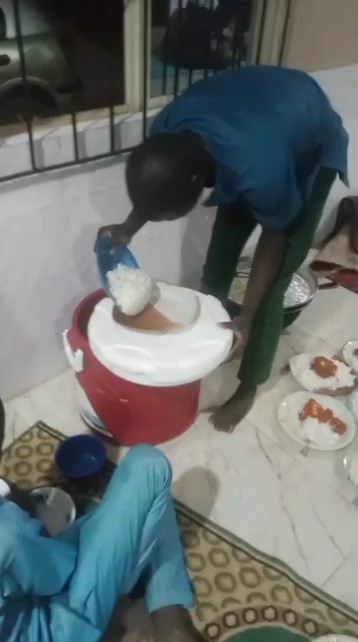Shining a light: case studies of real people we help.

The Health Gap: Is Good Food and Exercise Only for the Wealthy?
Health is a universal aspiration, but it often seems like a privilege reserved for the wealthy. In a world where access to quality healthcare, nutritious food, and exercise facilities is not evenly distributed, the question arises: Is good health only attainable by those with financial means?
“In 2022/23, approximately 384,477 people used a foodbank in London, an increase of 99,790 when compared to the previous year. Foodbank use in London has steadily climbed in recent years, with just 11,866 users recorded in 2011/12.” - The Trussel Trust
For many, the knowledge of the nearest food bank is something they have never had to learn or search for. However, for an increasing number of people in the UK, the local food bank is the only source of nutrition for them and their family members of all ages. With food banks concerned about not being able to increasing demand of their service, it begs the question of whether good food is only easily available to those that can afford it?
In this blog post, we'll explore the relationship between wealth and health, looking at the barriers that can make it seem like good food and exercise are reserved for the affluent. However, we'll also discuss how it's possible to prioritize health on a budget and advocate for a more equitable future.
The Wealth-Health Connection:
It's no secret that wealth can afford certain advantages when it comes to health. Wealthy individuals often have access to the best healthcare, personal trainers, and gourmet, nutrient-rich foods. They can afford gym memberships, wellness retreats, and even advanced medical treatments. This has led to the perception that health is primarily a luxury.
Although it could be said that not everyone who could afford higher price items, live a life of luxury - the fact is they are able to get food that is not of the lowest quality still contributes to them being able to not be impacted by severe health problems.
The Affordability Challenge:
- Healthy Food:
One of the most significant challenges is the affordability of nutritious food. Organic produce, lean meats, and whole grains tend to be more expensive than processed alternatives. Food deserts—areas with limited access to fresh, healthy options—disproportionately affect low-income communities, making it difficult for them to make healthy choices. - Exercise:
Gym memberships, fitness classes, and personal trainers can be costly. Additionally, many low-income neighborhoods lack safe outdoor spaces for physical activity, further limiting opportunities for exercise.
Breaking Down the Barriers:
- Affordable Nutrition:
While organic and specialty foods may be pricey, there are ways to eat healthily on a budget. Meal planning, buying in bulk, and shopping at farmers' markets or discount stores can help lower costs. Government programs and food assistance initiatives can also provide support for those in need. - Accessible Exercise:
You don't need a pricey gym membership to stay active. Walking, jogging, and bodyweight exercises can be done without any cost. Community centers and online resources often offer free or low-cost workout options. Additionally, advocating for the creation of safe, public spaces for physical activity can benefit everyone.
Advocating for Change:
To bridge the health gap, it's essential to advocate for systemic change. This includes:
- Supporting policies that address food deserts and promote affordable, healthy options in underserved communities.
- Encouraging investments in public spaces for exercise and recreation.
- Promoting health education and awareness, so individuals can make informed choices regardless of their income.
Conclusion:
While there are undeniable challenges to accessing good food and exercise on a limited budget, health is not exclusively for the wealthy. It's crucial to recognize the systemic disparities and actively work toward a more equitable future where everyone, regardless of their financial situation, can enjoy the benefits of a healthy lifestyle. By addressing these disparities and advocating for change, we can move closer to a world where good health is a right, not a privilege.
